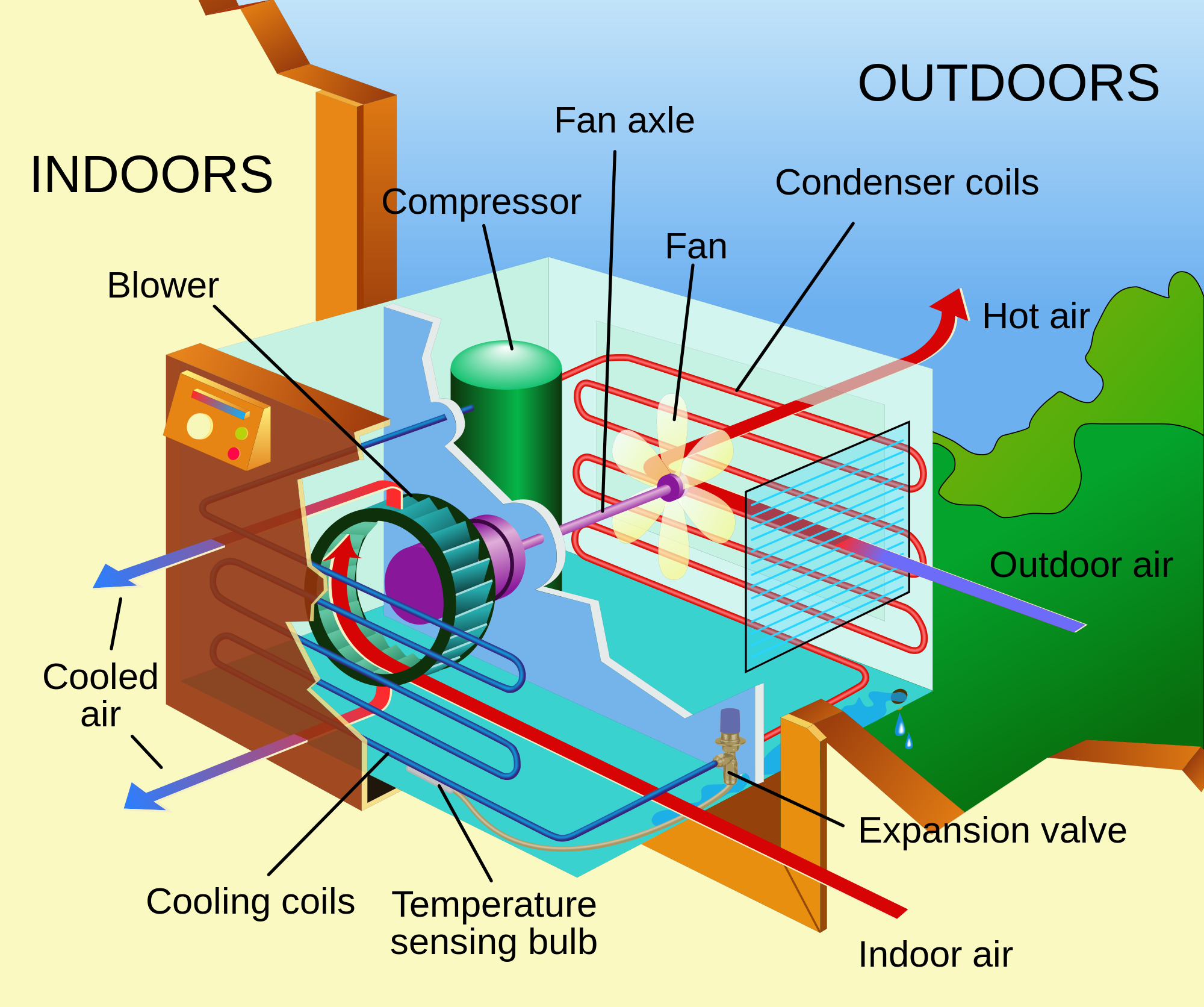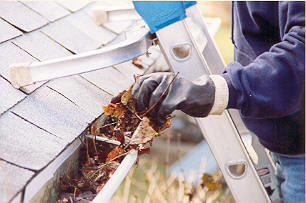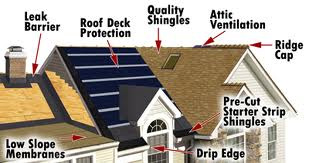Informed HVAC Decision On Air Conditioning Repair Or Replace
By RM Harrington
In every home equipped with central air conditioning, there comes a time when repair or replace becomes a major HVAC question. The following tips won’t resolve all of your concerns, but they can help you get the guesswork out of the decision-making process. By presenting this basic guideline for:
– Reduced costs in A/C installation costs
– Increased comfort from effective equipment
– AND the assets that best guarantee favorable energy-savings from your home heating and cooling equipment;
These tips will help you better understand the current state of air conditioning technology.
Make A Confident HVAC Repair or Replace Air Conditioning Decision
In every home equipped with central air conditioning, there comes a time when repair or replace becomes a major HVAC question. The following tips won’t resolve all of your concerns, but they can help you get the guesswork out of the decision-making process. By presenting this basic guideline for: · Reduced costs in A/C installation costs · Increased comfort from effective equipment · AND the assets that best guarantee favorable energy-savings from your home heating and cooling equipment; These tips will help you better understand the current state of air conditioning technology.
Repairing or Replace – The Value of Updating
TIP! If replace is your only option, make sure you buy ENERGY STAR compliant equipment. It may seem a small thing, but it isn’t.
We all know that age affects reliability, electronics, mechanics and even people. Perhaps your old HVAC system is worth repairing. Test and see. Get an estimate of repair costs versus replace cost, and then calculate all of the interrelated costs such as system durability, system performance, and the age of the existing unit. Remember also that the older a cooling and heating system, the more the more often you will be forced to revisit the repair or install new HVAC decision. If after reading this article you determine that fixing your aged HVAC equipment is preventing you from enjoying the cost-saving operating benefits of modern home air conditioning equipment, contact your local A/C installation team. Ask them to put together an HVAC replacement package that fits your budget. Then make certain that the package not only includes new, energy-efficient cooling equipment but that some form of workmanship guarantee of excellence backs the installation. Making a Wise Repair or Replace Air Conditioning Decision When reviewing repair or replace air conditioning options, determining the best course of action involves many areas of consideration. The following breakdown highlights some of the most important decision making factors. Apply them equally to any make or model of HVAC equipment. If you have any manufacturer-specific questions, contact your HVAC vendor.
Air Conditioning Refrigerants
R-22 or R-410A; These are the two types of A/C refrigerants most widely used in home heat pumps and air conditioning condensing units. However, due to the 1987 Montreal Protocol and the associated Clean Air Act Amendments of 1990, a phase-out of R-22 and any other ozone-depleting chemicals is in effect. By January 1, 2020, no chemical manufacturers will be permitted to produce R-22 for home air conditioning servicing. At that point, only recovered, recycled and reclaimed R-22 will be available for use in servicing existing A/C and Heat Pump systems. Although uncharged R-22 systems can be installed as a replacement or repair option for an existing older unit, 13-SEER efficiency is the highest available option and the cost of R-22 may run higher than your greatest imagination. If your HVAC decision runs between major repairs for an R-22 unit versus upgrading to a new R-410A system, go with the new.
Seasonal Energy Efficiency Ration (SEER)
TIP! Before buying a new HVAC system, consider the rated energy efficiency. Pricing may be important, but the long-term savings of an installed new energy efficient cooling system can save thousands of dollars in reduced unit lifetime energy consumption. It’s an HVAC decision you cannot afford to ignore.
Established by the United States DOE and increased in January of 2006, 13-SEER is the lowers current efficiency rating for central air conditioning systems. A higher rating reflects greater performance and energy efficiency. When faced with the decision of repair or replace air conditioning in an older 10-SEER setup, make sure that repair is very cheap and very simple, or else install something newer and better.
HSPF and SEER
Heat pump performance and efficiency is not only measured by a residential SEER scale that is equivalent to that used on residential central sir conditioners, but they are also rated for efficiency on a Heating Seasonal Performance Factor (HSPF). Also established and set by the DOE, the HSPF of your installed Arizona Heat Pump may be just as important as your A/C SEER rating. In general, running an hp is less expensive than heating with a fuel-based system. In Arizona, a good heat pump will save you money on your winter heating bills.
Annual Fuel Utilization Efficiency (AFUE) – Add Fuel Utilization to Your HVAC Decision
As a service of ASHRAE, the American Society of Heating, Refrigeration and Air Conditioning Engineers, the specs for your system’s AFUE are designed to ensure that your home is serviced by efficient HVAC equipment. The current ASHRAE restrictions require that manufacturers produce heating and cooling systems that perform no lower than 80% AFUE. But concerned air conditioning manufacturers strive to reap 96% and above. So what means the AFUE rating? In simple terms, AFUE rating identifies just how much of your energy dollar is fully utilized in the operation of your home furnace system. Thus, a 90% AFUE rating means that ten cents of every dollar is wasted.
Manufacturer Warranty Coverage
Perhaps you wonder why anyone needs a warranty for a product that should be built to last? Well, face it! In this world, perfection does not exist. Even the best efforts to design a fully fault-proof heating and cooling system fall short. Most times, buyers get a winner, but on occasion someone gets a lemon. Every major HVAC equipment provider strives to give you the best product for the money spent, yet they too recognize the complications of Murphy’s Law. Compare product warranties. Find out exactly what is covered and for how long each component is covered. Consider the value of acquiring an extended warranty when available.
And then follow-up by making sure your HVAC installation provider supports their services with a limited lifetime workmanship warranty.
Picking An A/C Installation Team
Competition in the HVAC industry is among the greatest of any industry in the nation. Low-ball pricing by unlicensed installation teams is a common reason for ineffective heating and cooling services. Protect yourself. Demand evidence that a company is Bonded, Insured and Licensed to work at your residence. And get and check references. The cost of installing a new air conditioning system is no laughing matter. Avoid as much future hassle as possible. Use a reputable dealer.
– 30 –
rmharrington is a professional HVAC content writer working exclusively for http://americancoolingandheating.com. rmharrington is equally skilled for communicating with A/C technicians, HVAC product engineers or the home/business buyer in need of reliable A/C related details.




